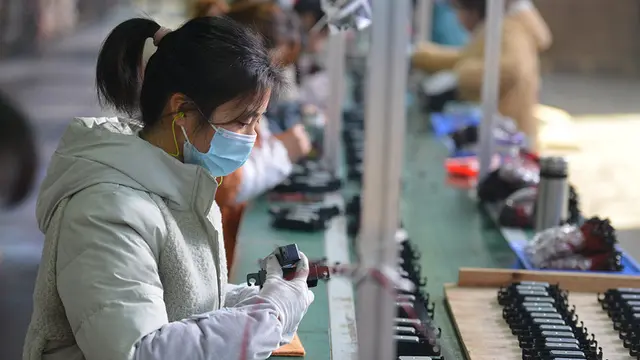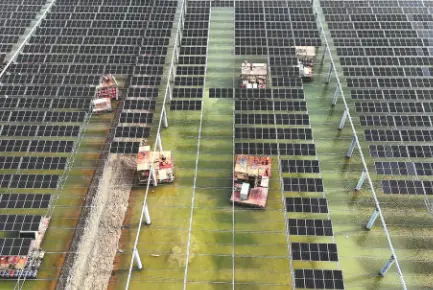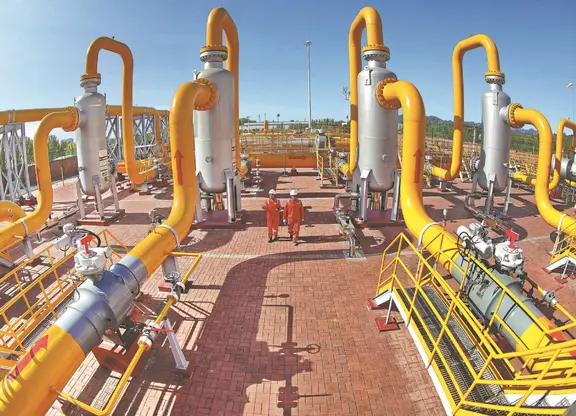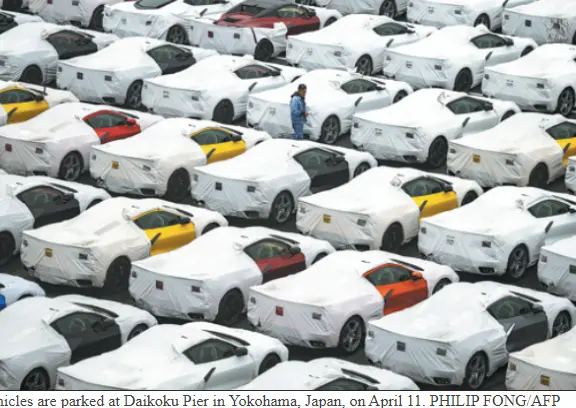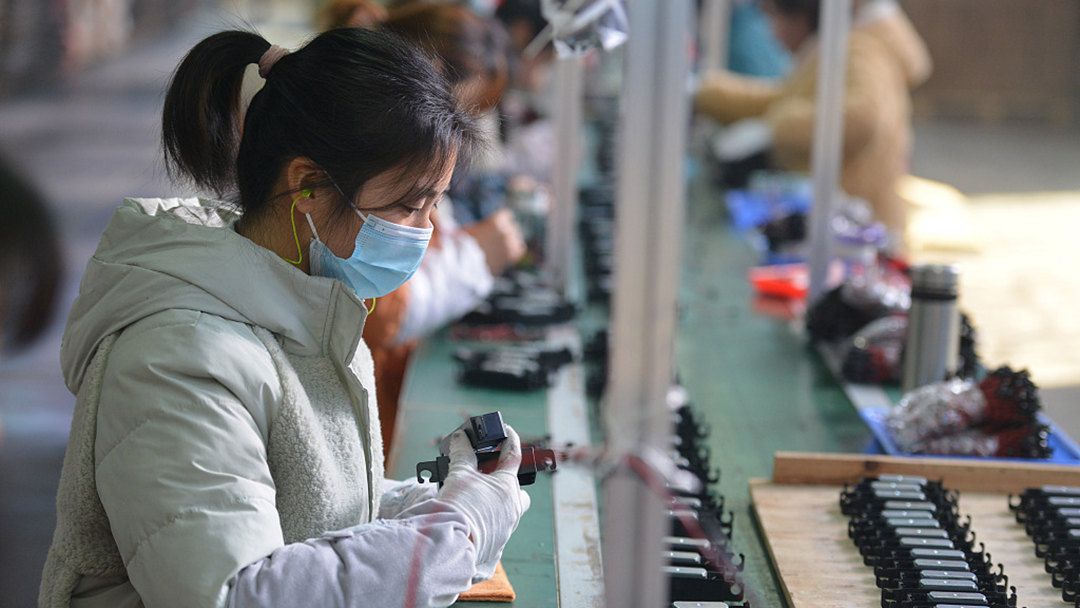
Employees work on a loudspeaker production line of a factory in east China's Anhui Province, December 7, 2021. /CFP
China's factory activity grew at its fastest pace in six months in December, driven by production hikes and easing price pressures, but a weaker job market and business confidence added uncertainty, a private survey showed on Tuesday.
The Caixin/Markit Manufacturing Purchasing Managers' Index (PMI) rose to 50.9 in December – its highest level since June. Economists in a Reuters poll had expected the index to rise to 50.0, which separates growth from contraction on a monthly basis, from November's 49.9.
The relative strength in the Caixin PMI tallies with an official survey released on Friday which showed China's factory activity edged up.
Factory output increased at the fastest pace in a year, the private survey showed, helped by easing price pressures. A gauge of input prices fell to the lowest level since May 2020.
Soaring raw materials prices, which have weighed on manufacturers, have eased recently amid government efforts to increase supply and stabilize prices.
But the survey also showed new export orders fell, albeit at a slower pace, and a gauge for employment continued to contract, hitting the lowest level since February.
"Supply was strong and demand rebounded. With the easing of supply constraints, output expanded for the second month in a row and at a faster pace," said Wang Zhe, senior economist at Caixin Insight Group.
"But the job market was still under pressure and businesses were less optimistic, indicating unstable economic recovery. The repeated COVID-19 flare-ups and sluggish overseas demand were factors of instability," Wang said.
The world's second-largest economy has lost momentum since early summer after rebounding from last year's pandemic slump, weighed down by a slowing manufacturing sector, debt problems in the property market, and small-scale COVID-19 outbreaks.
Analysts expect a further slowdown in fourth-quarter gross domestic product, after the economy grew 4.9 percent in July-September.
East China's Zhejiang Province saw a small-scale COVID-19 outbreak in December, which has now subsided, but some firms were forced to suspend production.
In the northwest, the industrial and tech hub of Xi'an has seen a local outbreak continuing to spread and the city of 13 million people is now locked down.
The central bank has said it will keep monetary policy flexible as it seeks to stabilize growth and lower financing costs for businesses amid growing economic headwinds.
"Policymakers should focus on shoring up employment as well as on targeted support to small and midsize businesses," added Wang.
Source(s): Reuters
 简体中文
简体中文

